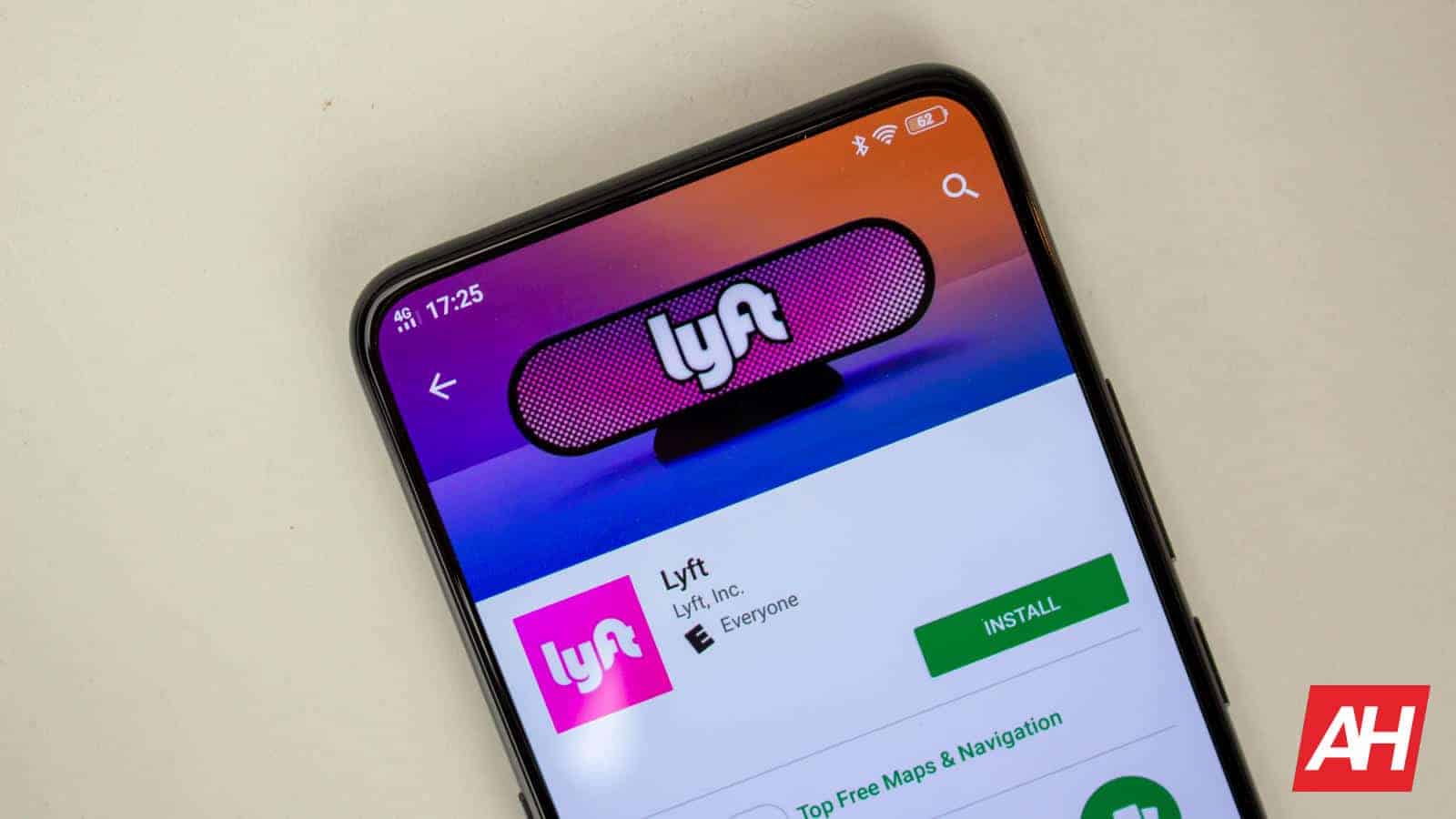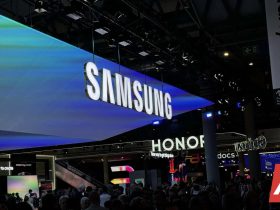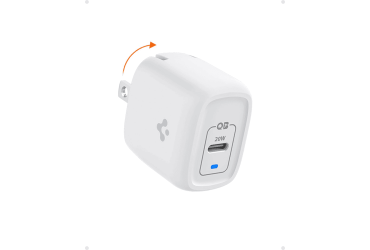
Contents
The tech industry is always evolving and generating new market niches. In the near future, the robotaxi segment could have a notable boom. Advances in the development of autonomous driving will enable the presence of these “driverless” cars on the streets, integrating with common traffic. Lyft, the transportation-focused company, wants to make a dent in the market and has announced that it will launch its robotaxi fleet in 2026.
There are already some well-known brands aiming to compete for the crown of the robotaxi segment. Elon Musk’s Tesla generated a lot of excitement with the announcement of its robotaxis. Its first units could hit the streets of Austin, Texas, this summer. Uber is also expected to reveal more information about its robotaxi-related plans soon in Austin and Atlanta. More specifically, Lyft’s direct rival will offer its platform for Waymo’s autonomous cars.
Lyft’s robotaxi fleet will launch in 2026 with an Uber-like approach; first in Dallas
As we can see, the two companies mentioned above share the same goal, but they have very different approaches. Tesla will produce and manage its fleet of robotaxis, while Uber will be more of a “middleman” for other companies to offer their robotaxi services to a broader customer base. Lyft will enter the segment with a similar approach to Uber.
In this case, Lyft has partnered with the Japanese company Marubeni, the world leader in vehicle fleet management, to carry out its vision. Lyft’s robotaxis will be powered by Mobileye’s self-driving technology. The latter is a division of Intel focused on developing technology for autonomous cars. The first fleet will be deployed in 2026 in Dallas, Texas. Apparently, regulations in Texas make it easier to deploy robotaxis, so companies are starting there.
Last November, we shared our collab with @Mobileye to bring “@Lyft-ready” autonomous vehicles to our platform.
Today, we’re welcoming @Marubeni_Corp, one of the world’s industry-leading auto and fleet financing corporations, to join us on this journey. (Details ⬇️) pic.twitter.com/9aH3uH2Deg
— David Risher (@davidrisher) February 10, 2025
Both Lyft and Uber are betting on leaving most of the heavy spending to third parties. They consider it more economically viable to offer access to their entire customer base rather than investing in robotaxi manufacturing. Lyft’s goal is “to minimize total cost of vehicle ownership and maximize fleet utilization” using its Flexdrive platform.
On the other hand, Tesla probably had no choice but to be the manufacturer of its own robotaxis. After all, Elon Musk’s company doesn’t have an established customer base in the transportation segment. So, they are starting “from scratch.” Tesla has extensive experience in self-driving tech development, though.
Lyft abandoned plans to produce self-driving cars in 2021
Lyft had considered a more Tesla-like approach a few years ago. However, it seems that the numbers didn’t add up, so they sold the autonomous vehicle development division in 2021 to a Toyota’s subsidiary.
What’s your reaction?
Love0
Sad0
Happy0
Sleepy0
Angry0
Dead0
Wink0









Leave a Reply
View Comments